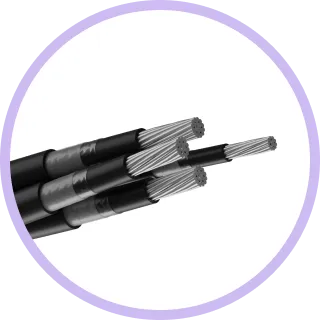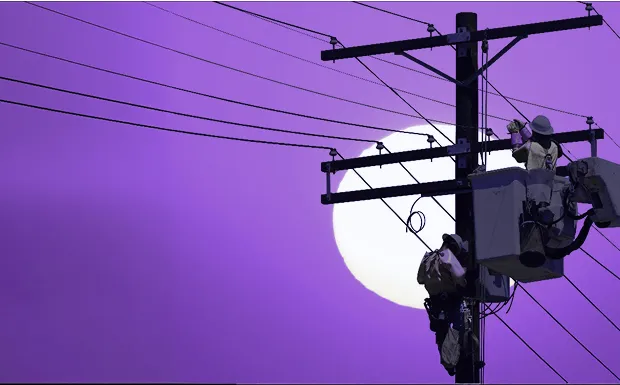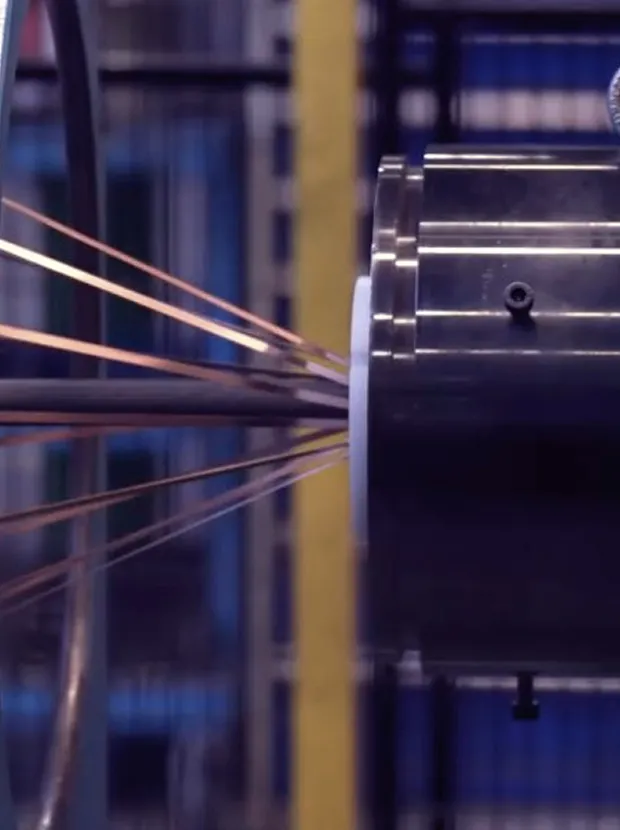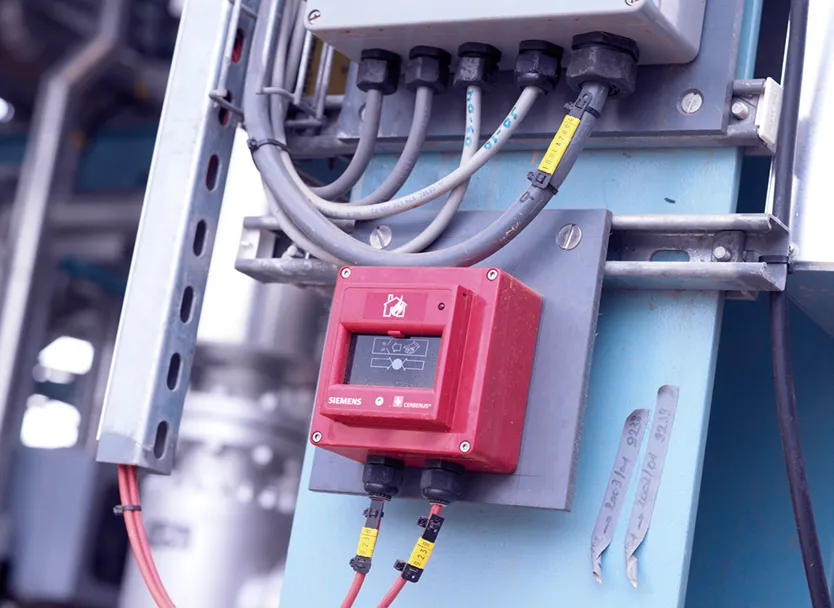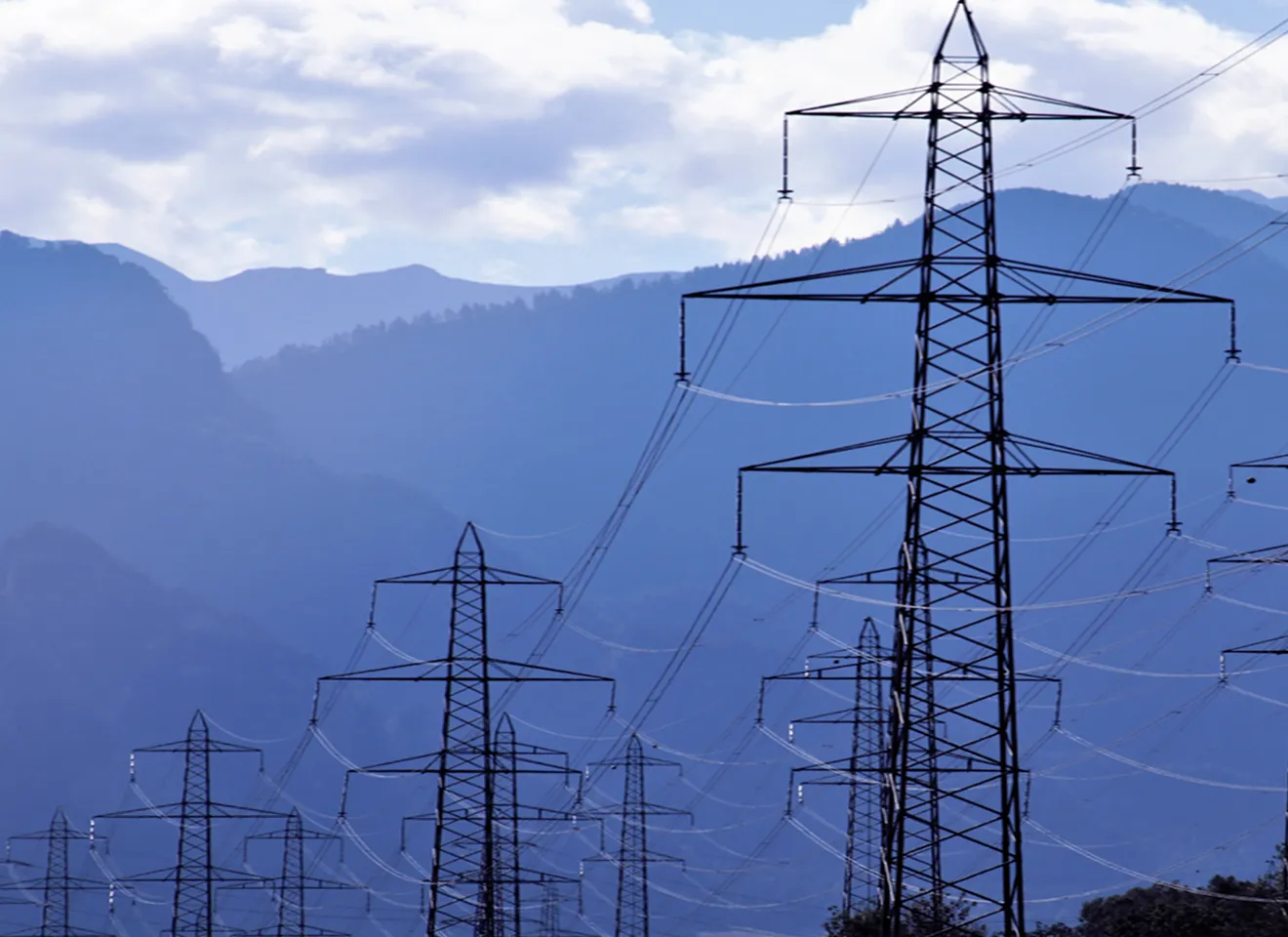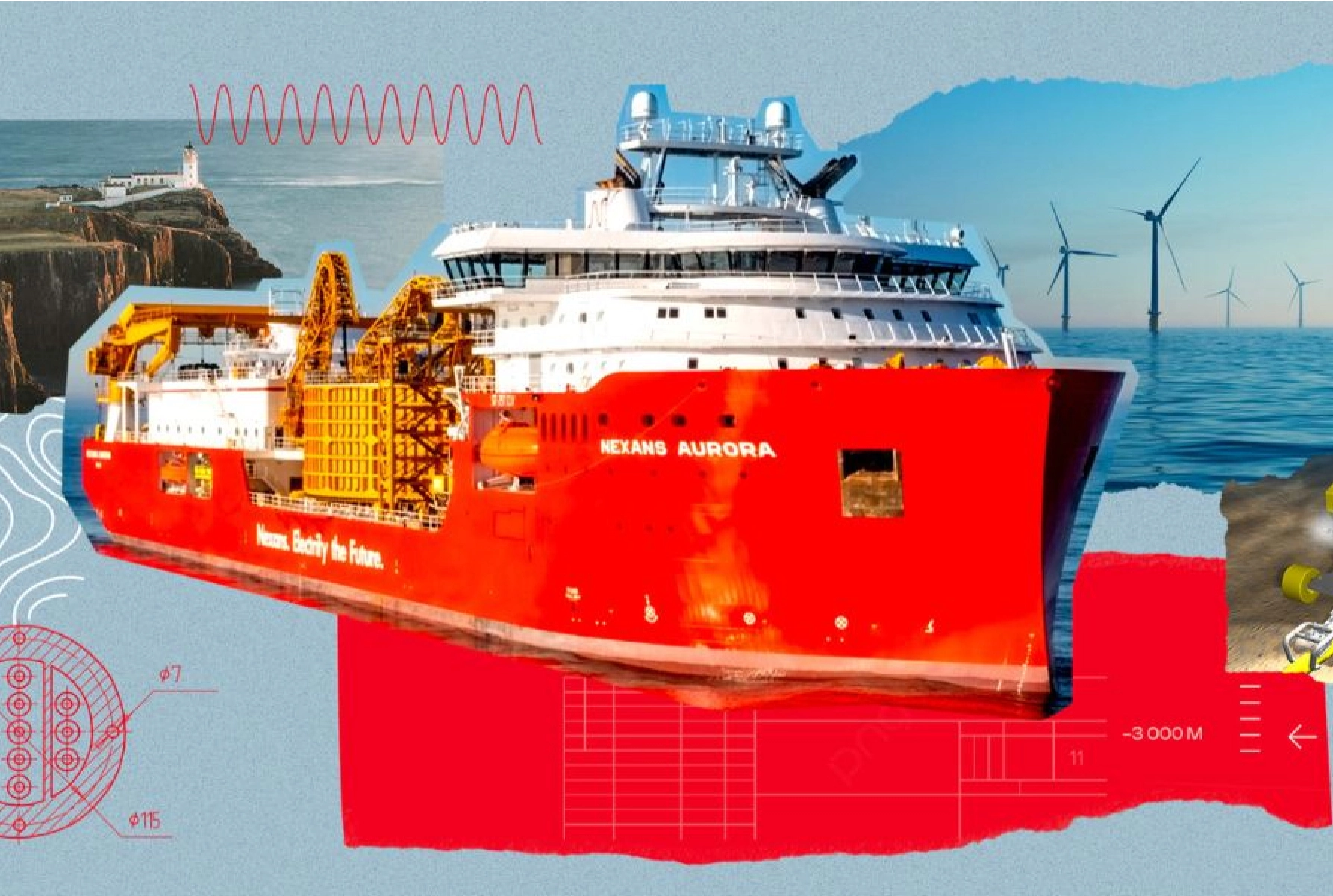Low-carbon cables, integrating recycled materials to minimise the environmental impact.
At the heart of this continuity, electrical power plays an essentialrole.
High performance cables guarantee stability, safety and reliability, thereby avoiding outages that could affect the digital economy.
In
Of the time:
when a data center goes down, it is due to an electrical fault.

